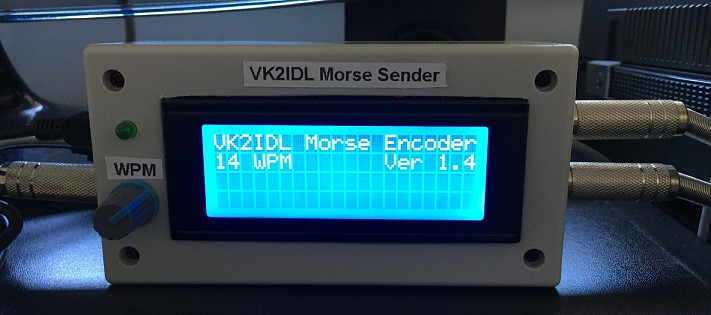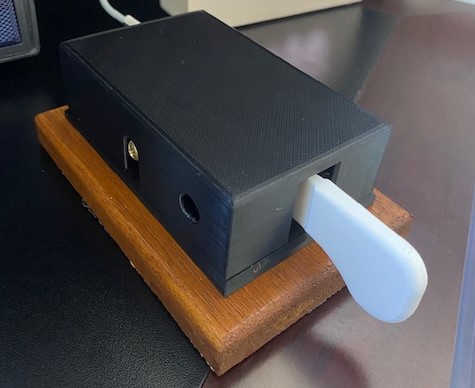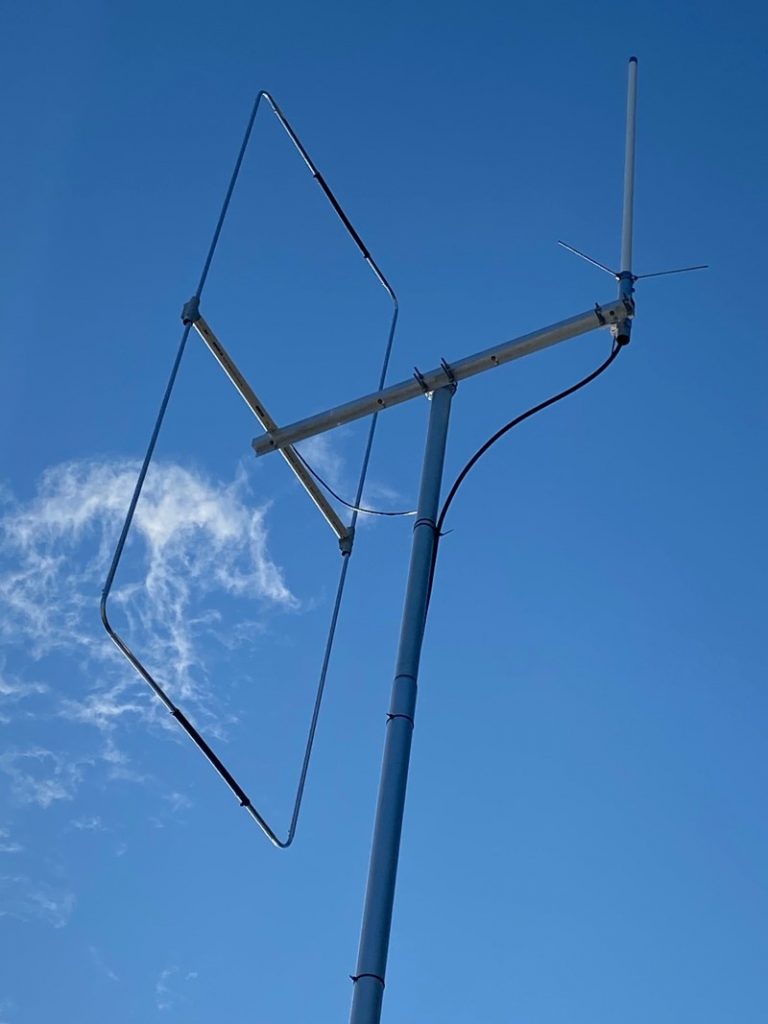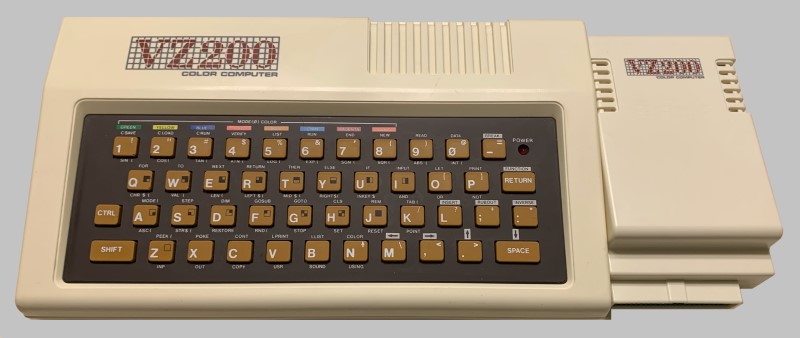Morse Code (CW) Encoder

The Morse Encoder project will generate Morse code from a straight key, a paddle or by typing text on a keyboard. The Morse being sent is displayed on its own 4 line, 20 character LCD making it particularly good for Morse practice as it gives live feedback on your accuracy. The unit has a knob-adjustable Morse speed control with the speed setting is displayed on the LCD in wpm. When using a paddle, the timing of the dits and dahs is automatic based on the speed you have set. The unit is designed to directly dri
Morse Code (CW) Decoder

This Morse Decoder project will receive Morse code from an audio source, decode it and display it on a built-in 4 line, 20 character LCD. It includes a software controlled noise impulse filter, an automatic input-frequency tuning circuit and a Farnsworth setting for receiving Morse that uses Farnsworth timing. All functions are controlled by three push buttons along the top of the unit. The unit automatically adjusts itself to the speed of the incoming Morse code and displays the speed on the LCD.
3D Printed Morse Paddle

This paddle was designed as a replacement for a paddle I had built several years ago which used a strip of printed circuit board (PCB) as the main paddle arm. This new design uses Neodymium disc magnets rather than the usual springs to provide centering and tension of the paddle arm. This idea is not new and there are a number of examples
6m Flowerpot Antenna for 6 meters

My version of the VK2ZOI Flowerpot Antenna design for 6m using RG58c/u coax, 32mm PVC pipe and a 3D printed choke former.
Moxon Antenna for 6 meters

The Moxon antenna developed by Les Moxon is basically a 2 element beam with the tips folded towards each other to form a rectangle. The result is an antenna with gain slightly less than that of an equivalent yagi but with significantly better front-to-back ratio, a wider beam width (which equates to less critical aiming) and is about 30% smaller.
This construction article describes how to build a Moxon antenna for 6 meters using 12mm aluminium tubing.
VZ200 Glass RTTY Encoder/Decoder

The VZ200 Glass RTTY Encoder/Decoder was a software project I created in 1984 during the time I was working for Dick Smith Electronics (DSE). It was a plug-in RTTY module to suit the popular VZ200 and VZ300 computers that were available at the time. The project was published in Electronics Today International ETI) in 1984 and released as a kit through Dick Smith Electronics.
This legacy article includes the original magazine articles describing the project along with the original Instruction manual that was published with the kit.